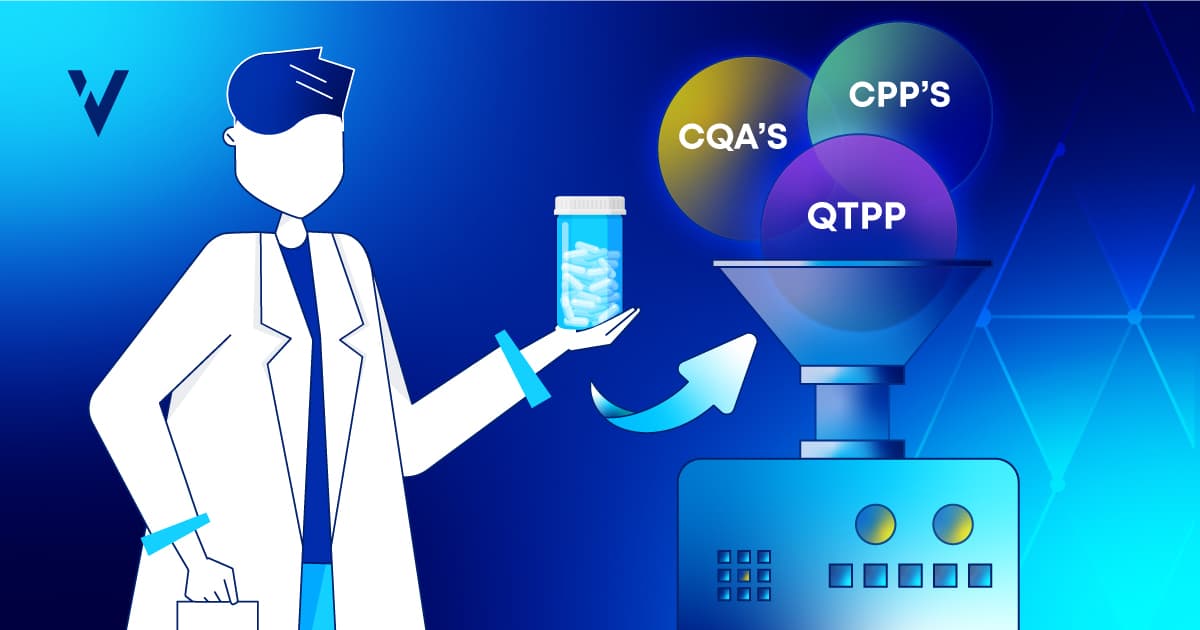Biosimilars have been experiencing an impressive growth in the last few years. And it’s no wonder because Biosimilars have, on average, a high rate of cost-effectiveness. This is becoming much more important in a world where chronic diseases are more common and there’s a growing pressure to reduce healthcare spending.
But why it is so complicated to bring these products to the market? In this blog post, we will answer this question and give you a few tips to make its approval way easier!
How Biosimilars Approval is Made?
Our proposed approach to have a biosimilar approved is made through the totality of evidence framework for comparability. This framework uses the sum of analytical data, clinical and non-clinical studies to deliver a holistic view of the product characteristics.
The main goal of the framework is to establish a molecular similarity through physicochemical and functional assays.
After the reference product is recognized as safe, pure, and potent, a shorter clinical program is enough to consider that biosimilar is highly similar. And more than that, is enough to consider if it doesn’t have significant differences in terms of safety and effectiveness.
But why it is so Complicated to Approve a Biosimilar Product?
There is no single method that is solely decisive for the conclusion on the biosimilarity of a specific candidate. Any characterization exercise based on a comprehensive set of analytical packages makes all the processes challenging and time-consuming.
These analytical packages include different data types for multiple quality attributes. And, managing all this information using an univariate approach can be overwhelming. So, it’s not an efficient exercise for approving a biosimilar product!
And so, What is the Most Effective Biosimilars Approval Process?
To improve your process and, consequently, assure your biosimilars’ time-to-market, we suggest a multiparametric and multivariate approach. This approach allows you to extensively compare the complete domains of biosimilars and each reference product.
However, you must do your comparability exercise through a risk-based approach. And considering not only the impact but also the uncertainty of each CQA at each clinical outcome.
What are the Main Advantages of this Type of Approach?
The most significant advantages of a risk-based approach are:
- Mitigating residual uncertainty.
- Evaluating small differences that help you determine if they are clinically significant.
More than data, by applying this approach, the process will be totally aligned with FDA guidelines and, hence, it will streamline the submission processes in regulatory entities.
This Process can be Easier Than you Think!
The approval of biosimilars calls for the application of comparability studies. And you need to assure one thing: is that your process continues to ensure the quality, safety, and efficacy of the final product.
In our work, we deliver Process Insight, a robust Data-Science solution that helps you to accelerate your processes with faster decisions. In there, we developed a comparability module that is especially designed for biosimilars!
If you think we may be able to help you out, don’t hesitate to book a call, we’ll do our absolute best to help.

